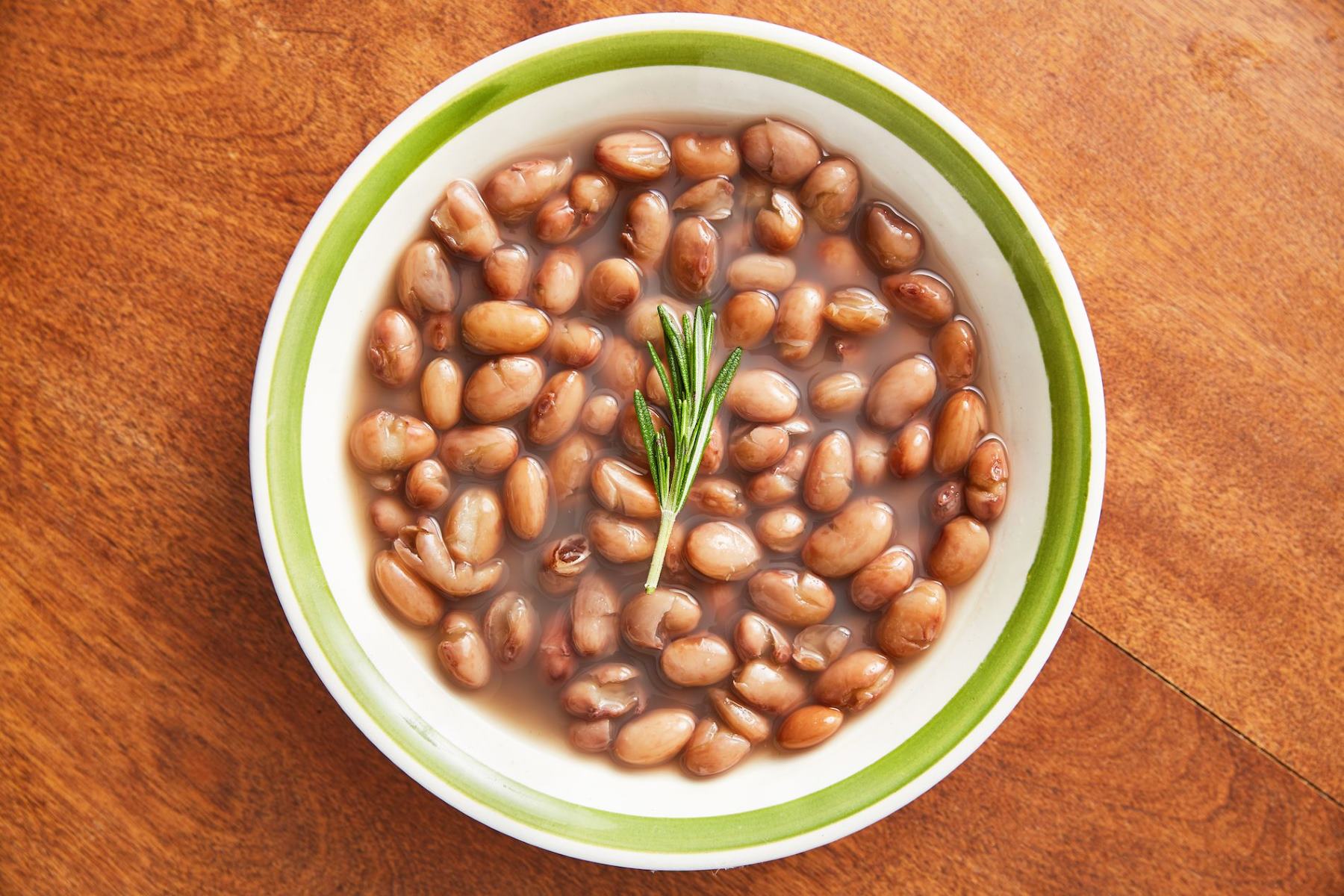

Articles
How To Store Cooked Beans
Modified: December 7, 2023
Learn how to store cooked beans efficiently with these helpful articles. Keep your beans fresh and ready to use for your favorite recipes.
(Many of the links in this article redirect to a specific reviewed product. Your purchase of these products through affiliate links helps to generate commission for Storables.com, at no extra cost. Learn more)
Introduction
Beans are a versatile and nutritious food that can be enjoyed in a variety of dishes. Whether you’ve cooked up a big batch of chili, made a delicious bean salad, or simply have leftover beans from a meal, knowing how to store cooked beans properly is essential to prevent food waste and ensure their freshness.
When it comes to storing cooked beans, there are different methods you can use depending on your needs and preferences. In this article, we will explore the reasons why you might want to store cooked beans and provide you with some invaluable tips on how to store them correctly. We will also guide you through the process of reheating stored cooked beans to enjoy them just as deliciously as when you first cooked them.
So, let’s dive in and discover the best ways to store cooked beans!
Key Takeaways:
- Properly storing cooked beans ensures convenience, meal planning, budget-friendliness, and preservation of nutritional value. Refrigeration, freezing, and canning offer versatile options for long-term storage and easy meal preparation.
- Reheating stored cooked beans can be done on the stovetop, in the microwave, or in the oven. Ensure thorough heating to 165°F for safe consumption, and enjoy them in various delicious recipes!
Read more: How To Store Black Beans
Why Store Cooked Beans?
There are several reasons why you might want to store cooked beans instead of consuming them all immediately. Let’s take a look at some of the benefits of storing cooked beans:
- Convenience: Having cooked beans on hand can save you time and effort when preparing meals. By storing them properly, you can have a ready-to-use ingredient that can be easily incorporated into various recipes.
- Meal Planning: Storing cooked beans allows you to plan your meals in advance. You can cook a large batch of beans and portion them out for different meals throughout the week. This can help you stay organized and make meal prepping more efficient.
- Budget-friendly: Buying dried beans in bulk and cooking them at home is often more cost-effective than purchasing canned beans. By storing the cooked beans properly, you can make the most out of your purchase and save money in the long run.
- Saves Food Waste: Leftover cooked beans that are not immediately consumed can easily go to waste if not properly stored. By storing them correctly, you can extend their shelf life and reduce food waste in your kitchen.
- Nutritional Value: Beans are a great source of protein, fiber, and essential nutrients. Storing cooked beans properly ensures that their nutritional value is preserved, allowing you to enjoy these health benefits even when consuming them at a later time.
Whether you want to have a quick and easy protein source ready for salads, soups, or side dishes, or you simply want to be prepared for those days when you don’t have time to cook, storing cooked beans is a practical and beneficial solution.
Tips for Storing Cooked Beans
Properly storing cooked beans is crucial to maintain their quality and prevent them from spoiling. Here are some essential tips to keep in mind when storing cooked beans:
- Cool the Beans: Allow the cooked beans to cool completely before storing. This will prevent condensation from forming in the storage container, which can lead to moisture buildup and spoilage.
- Use Airtight Containers: Store the cooled beans in airtight containers to keep them fresh and prevent them from absorbing odors from other foods in the refrigerator or freezer. Glass jars, plastic containers, or resealable bags are all suitable options.
- Label and Date: Always label the containers with the date of preparation. This will help you keep track of their freshness and avoid confusion when using them later.
- Portion Out: Consider portioning the cooked beans based on your typical usage. This will make it easier to grab the desired amount when needed, eliminating the need to defrost or consume a large batch at once.
- Freeze for Longer Storage: If you plan to store the cooked beans for an extended period, freezing them is the best option. Freezing helps maintain their texture and flavor for up to three months. Divide the beans into smaller portions and freeze them in separate containers or freezer-safe bags.
- Canning for Longevity: Another method for long-term storage is canning. This involves placing the cooked beans in sterilized canning jars, ensuring a proper seal, and following the canning process. Canned beans can last for up to a year or more when stored in a cool and dark place.
- Keep Them Dry: Moisture is the enemy of stored beans. Make sure the cooked beans are dry before storing them to prevent mold or bacterial growth. If necessary, blot them with a paper towel to remove excess moisture.
- Store in the Right Temperature: In general, cooked beans should be stored at temperatures below 40°F (4°C). It is recommended to use refrigeration for short-term storage (up to four days) and freezing or canning for longer-term storage.
By following these tips, you can ensure that your cooked beans remain fresh, flavorful, and safe to consume for an extended period.
Method 1: Refrigeration
Refrigeration is a common and convenient method for storing cooked beans for short-term use. Here’s how to properly store cooked beans in the refrigerator:
- Cool the Beans: Allow the cooked beans to cool completely at room temperature before refrigerating them. This will prevent the beans from retaining excess moisture and potentially getting mushy.
- Transfer to Airtight Container: Place the cooled beans in an airtight container. It can be a glass jar, plastic container, or resealable bag. Make sure the container is clean and dry before transferring the beans. Airtight containers help preserve the flavor and prevent any odor absorption from other foods in the refrigerator.
- Label and Date: Remember to label the container with the date of preparation. This will help you keep track of the freshness and avoid using beans that have been stored for too long.
- Refrigerate at 40°F (4°C) or Lower: Place the sealed container of beans in the refrigerator, ideally at a temperature below 40°F (4°C). This slightly cold temperature slows down the growth of bacteria, ensuring the beans stay fresh for longer.
- Use Within Four Days: Cooked beans stored in the refrigerator are best consumed within four days for optimal freshness and flavor. After this period, the quality may start to deteriorate, and there is an increased risk of bacterial growth.
Refrigerated cooked beans are perfect for adding to salads, soups, wraps, or other dishes that require minimal cooking or heating. Remember to always reheat refrigerated beans thoroughly before serving.
Now that you know how to refrigerate cooked beans, you can enjoy the convenience of having them readily available for your next meal!
Store cooked beans in an airtight container in the refrigerator for up to 5 days. For longer storage, freeze them in a resealable bag or container for up to 6 months.
Method 2: Freezing
Freezing is a great option for storing cooked beans for a longer period. Here’s how to properly freeze cooked beans:
- Cool the Beans: Allow the cooked beans to cool completely before freezing them. This will help maintain their texture and prevent them from becoming mushy.
- Portion Out: Divide the cooked beans into smaller portions based on your typical usage. By doing this, you can easily take out the desired amount without having to defrost the entire batch.
- Use Freezer-Safe Containers: Transfer the portions of cooked beans into freezer-safe containers or resealable freezer bags. Make sure to remove any excess air from the bags before sealing to prevent freezer burn. Label the containers or bags with the date of freezing for reference.
- Store in Freezer: Place the containers or bags of cooked beans in the freezer. Position them in a way that allows for easy access and organization. Ideally, the temperature of the freezer should be set at 0°F (-18°C) or below to maintain the quality of the beans.
- Use Within Three Months: Cooked beans stored in the freezer can be safely consumed for up to three months. After this period, they may start to lose their texture and flavor. It’s best to use a first-in, first-out approach, ensuring that older portions are used before newer ones.
- Thawing Frozen Beans: To thaw frozen cooked beans, transfer them from the freezer to the refrigerator and let them thaw overnight. Alternatively, you can also thaw them in the microwave using the defrost setting or by placing the frozen beans in a pot and gently heating them on the stove over low heat.
- Reheat Before Consumption: Once thawed, make sure to reheat the cooked beans thoroughly before serving. This can be done on the stovetop in a saucepan or in the microwave. Stir the beans occasionally during reheating to ensure even heat distribution.
Freezing cooked beans not only extends their shelf life, but it also allows you to have a convenient and versatile ingredient on hand for various recipes. Whether you’re adding them to soups, stir-fries, or stews, properly frozen cooked beans can be a time-saving and delicious addition to your meals.
Now that you know how to freeze cooked beans, you can enjoy their goodness long after they’ve been cooked!
Read more: How To Store Fava Beans
Method 3: Canning
Canning is a traditional method for preserving cooked beans that offers an extended shelf life of up to a year or more. Here’s how to properly can cooked beans:
- Select Suitable Beans: Choose beans that are mature, fresh, and free from any blemishes or damage. Opt for varieties that hold their shape well when cooked, such as kidney beans, black beans, or pinto beans.
- Prepare the Jars: Wash the canning jars and lids with hot, soapy water. Rinse them thoroughly to ensure they are clean and free from any soap residue. Sterilize the jars by placing them in a large pot of boiling water for 10 minutes. Remove the jars from the boiling water using jar tongs and set them on a clean towel to dry.
- Prepare the Beans: Cook the beans until they are tender but not mushy. Drain them and pack them into the sterilized jars, leaving about 1-inch of headspace at the top.
- Add Liquid: Fill the jars with a cooking liquid such as broth or water, leaving 1-inch of headspace. This helps keep the beans moist during the canning process.
- Remove Air Bubbles: Use a non-metallic tool like a plastic spatula or chopstick to gently remove any air bubbles from the jar. This ensures proper sealing and prevents spoilage.
- Secure the Lids: Wipe the rims of the jars with a clean, damp cloth to remove any residue. Place the lids on the jars and screw the bands on until they are fingertip tight.
- Process the Jars: Place the jars in a canning pot or pressure cooker with enough water to cover them. Process the jars according to the recommended time and pressure for your altitude and the type of pressure canner you are using.
- Cool and Store: Once the processing time is complete, carefully remove the jars from the canner and set them on a clean towel to cool. As they cool, you may hear a popping sound, indicating that the jars are properly sealed. Allow the jars to cool completely before storing them in a cool, dark place.
- Check the Seals: After the jars have cooled for 24 hours, check the seals by pressing down on the center of each lid. If the lid is firm and does not flex, it is properly sealed. Any unsealed jars should be refrigerated and consumed within a few days.
Canned beans provide a convenient and ready-to-use option for various dishes. They can be incorporated into recipes directly or drained and rinsed before use. With proper canning techniques, you can enjoy the taste and nutritional value of cooked beans throughout the year.
Now that you know how to can cooked beans, you can take advantage of this preservation method to have a long-lasting supply of beans in your pantry!
How to Properly Reheat Stored Cooked Beans
When it comes to reheating stored cooked beans, there are a few simple methods to ensure they are thoroughly heated and ready to enjoy. Here’s how to properly reheat stored cooked beans:
- Stovetop Method: Place the desired amount of cooked beans in a saucepan or pot and add a splash of water or broth to prevent them from sticking to the bottom. Heat the beans over medium-low heat, stirring occasionally, until they are heated through. This method allows you to control the heat and prevent overcooking.
- Microwave Method: Transfer the portion of cooked beans to a microwave-safe dish. Cover the dish with a microwave-safe lid or microwave-safe plastic wrap, leaving a small vent to allow steam to escape. Microwave the beans in 30-second intervals, stirring in between, until they are heated to your desired temperature. Be cautious not to overheat, as this can cause the beans to become dry or lose their texture.
- Oven Method: Preheat the oven to 350°F (175°C). Place the cooked beans in an oven-safe dish and cover the dish with aluminum foil. Bake the beans for 15-20 minutes or until they are heated throughout. This method is ideal for larger quantities or when reheating beans as part of a casserole or baked dish.
Regardless of the reheating method you choose, it is important to ensure that the stored cooked beans are heated to a safe internal temperature of 165°F (74°C) to minimize the risk of foodborne illnesses. Use a food thermometer to check the temperature and adjust the heating time accordingly.
Once the cooked beans are properly reheated, you can incorporate them into your favorite recipes, such as soups, stews, burrito bowls, or salads. They are also delicious as a standalone side dish or as a filling for tacos or enchiladas.
Remember to store any leftover reheated beans in the refrigerator and consume them within a few days to maintain their quality and freshness.
Now that you know the proper methods for reheating stored cooked beans, you can enjoy them warm and delicious whenever the craving strikes!
Conclusion
Knowing how to store cooked beans properly is essential for maintaining their freshness, flavor, and nutritional value. Whether you choose to refrigerate, freeze, or can your cooked beans, each method offers its own benefits and considerations. Refrigeration is ideal for short-term storage, while freezing and canning allow you to enjoy cooked beans for longer periods.
By following the tips provided in this article, such as using airtight containers, labeling and dating, and properly reheating stored cooked beans, you can maximize their shelf life and minimize food waste. This not only saves you time and money but also allows you to have a convenient and versatile ingredient ready to use in various recipes.
Remember to always check the quality and freshness of your stored cooked beans before using them, and discard any that appear spoiled or have an off-putting odor.
So, the next time you cook a big pot of beans or have leftover beans from a meal, don’t let them go to waste. Store them properly and enjoy their deliciousness whenever you desire. Whether you incorporate them into soups, stews, salads, or side dishes, cooked beans are a healthy, protein-packed, and budget-friendly addition to any meal.
Now that you’re equipped with the knowledge and techniques for storing and reheating cooked beans, go ahead and make the most of this versatile ingredient for your culinary adventures!
Frequently Asked Questions about How To Store Cooked Beans
Was this page helpful?
At Storables.com, we guarantee accurate and reliable information. Our content, validated by Expert Board Contributors, is crafted following stringent Editorial Policies. We're committed to providing you with well-researched, expert-backed insights for all your informational needs.
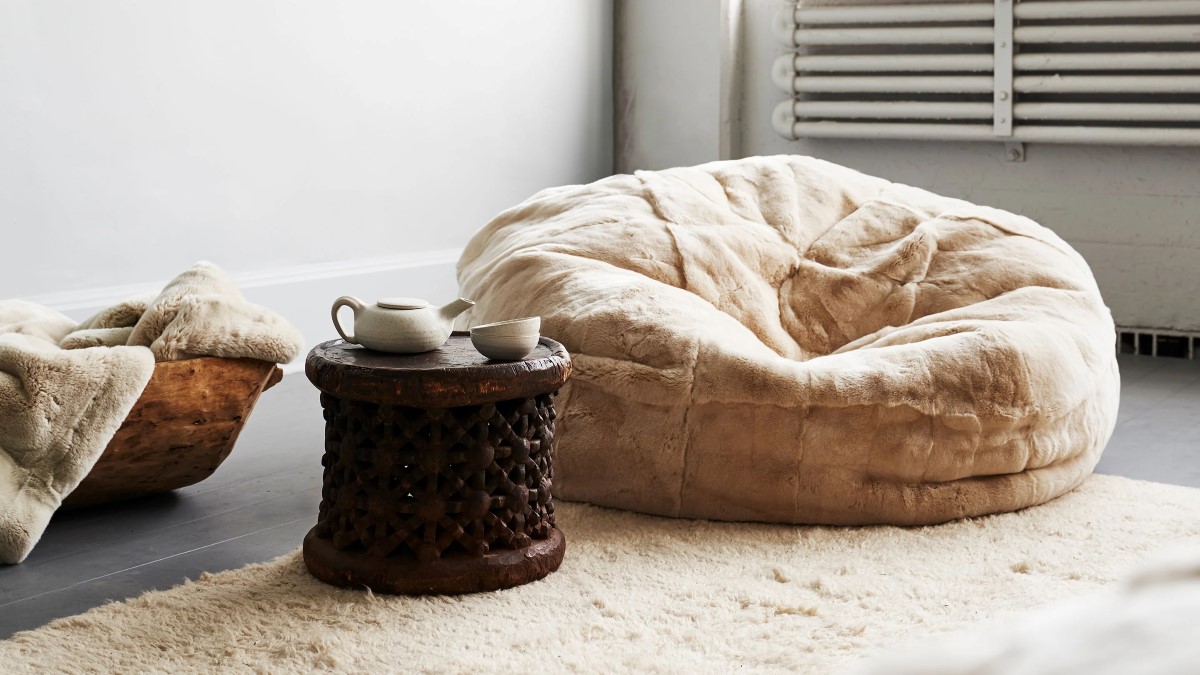
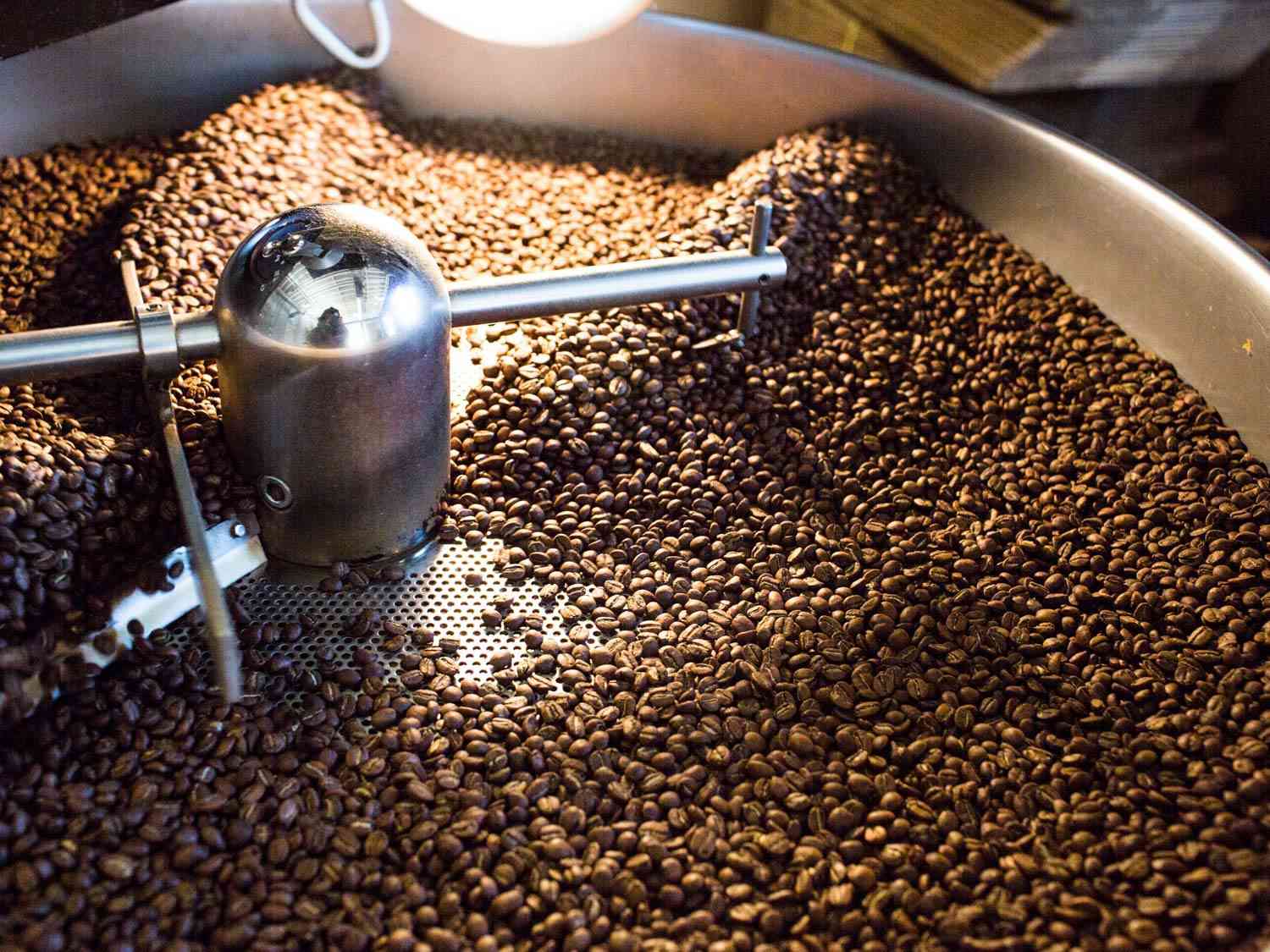
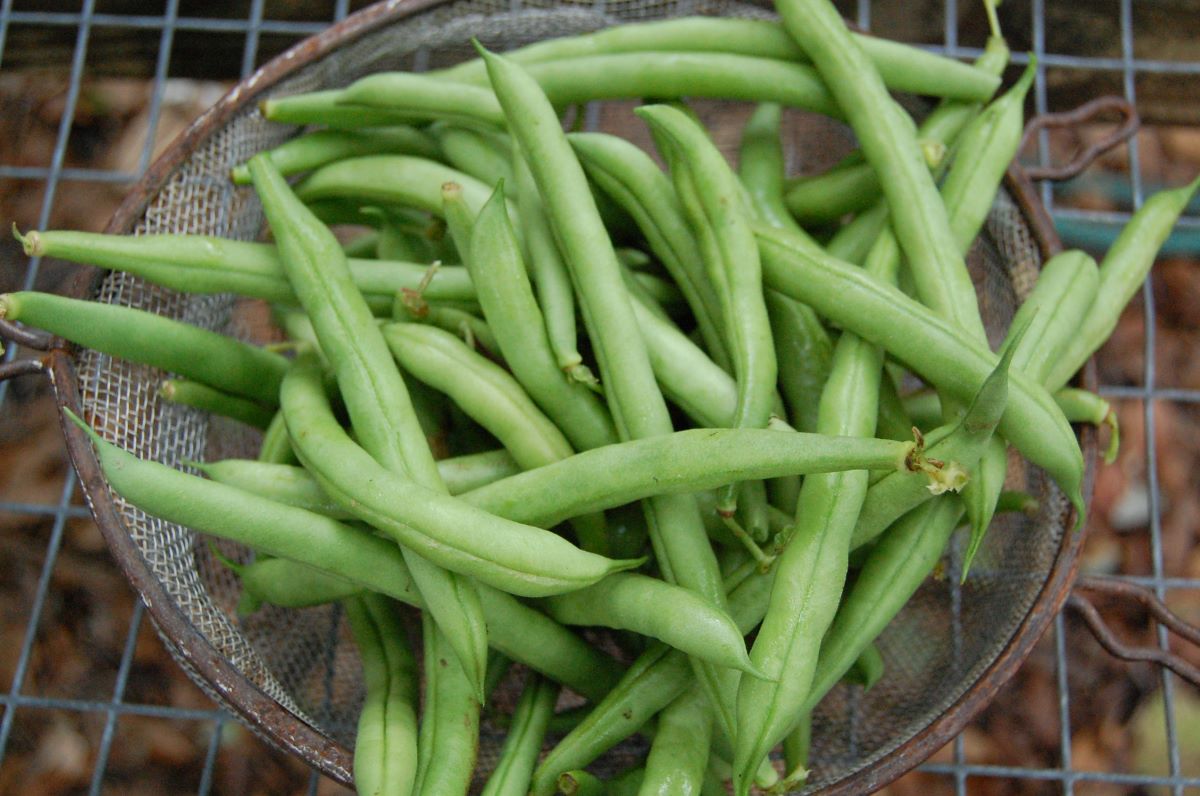
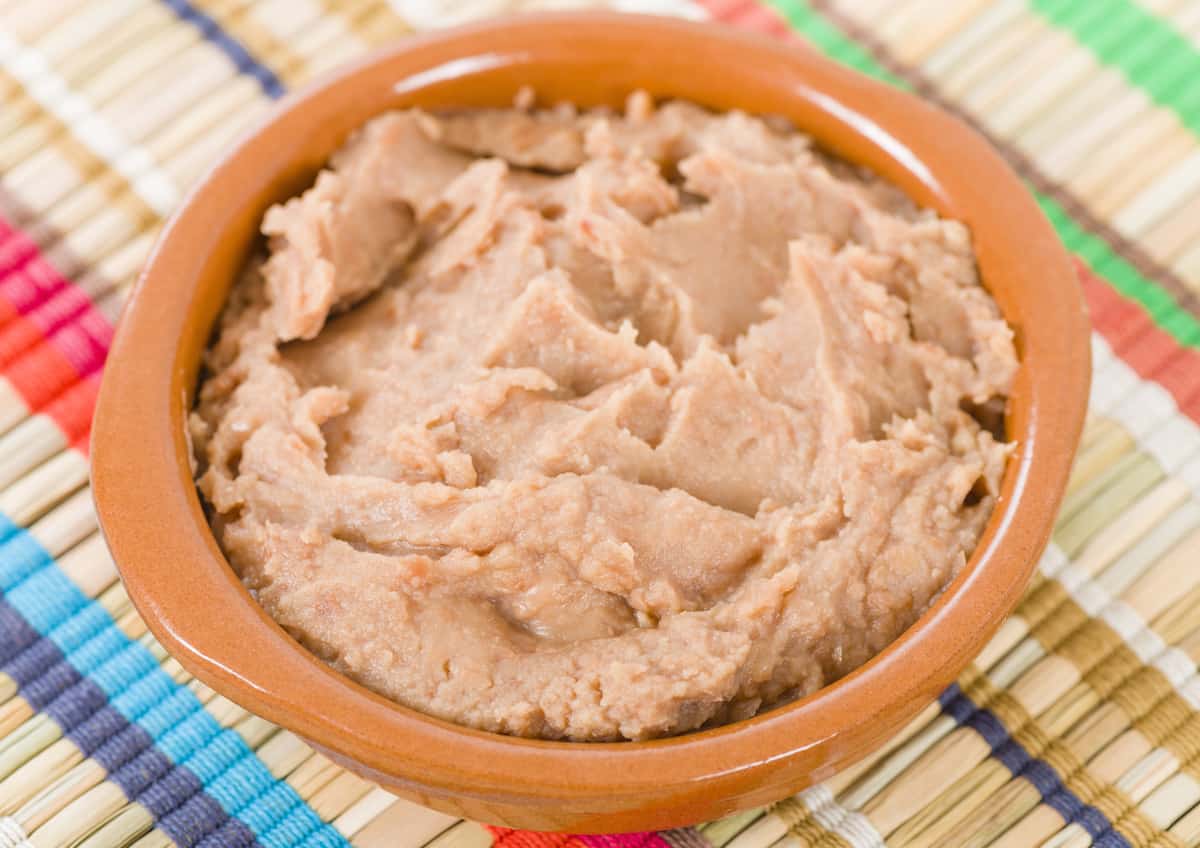
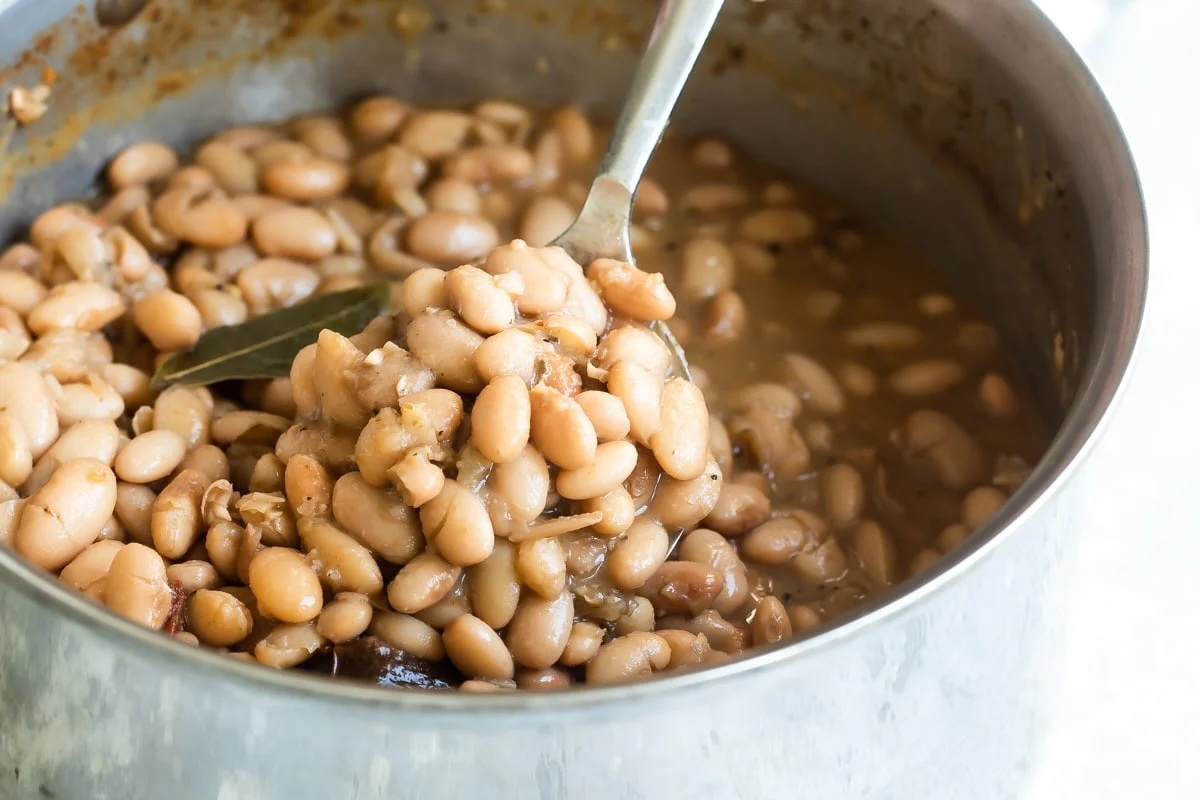
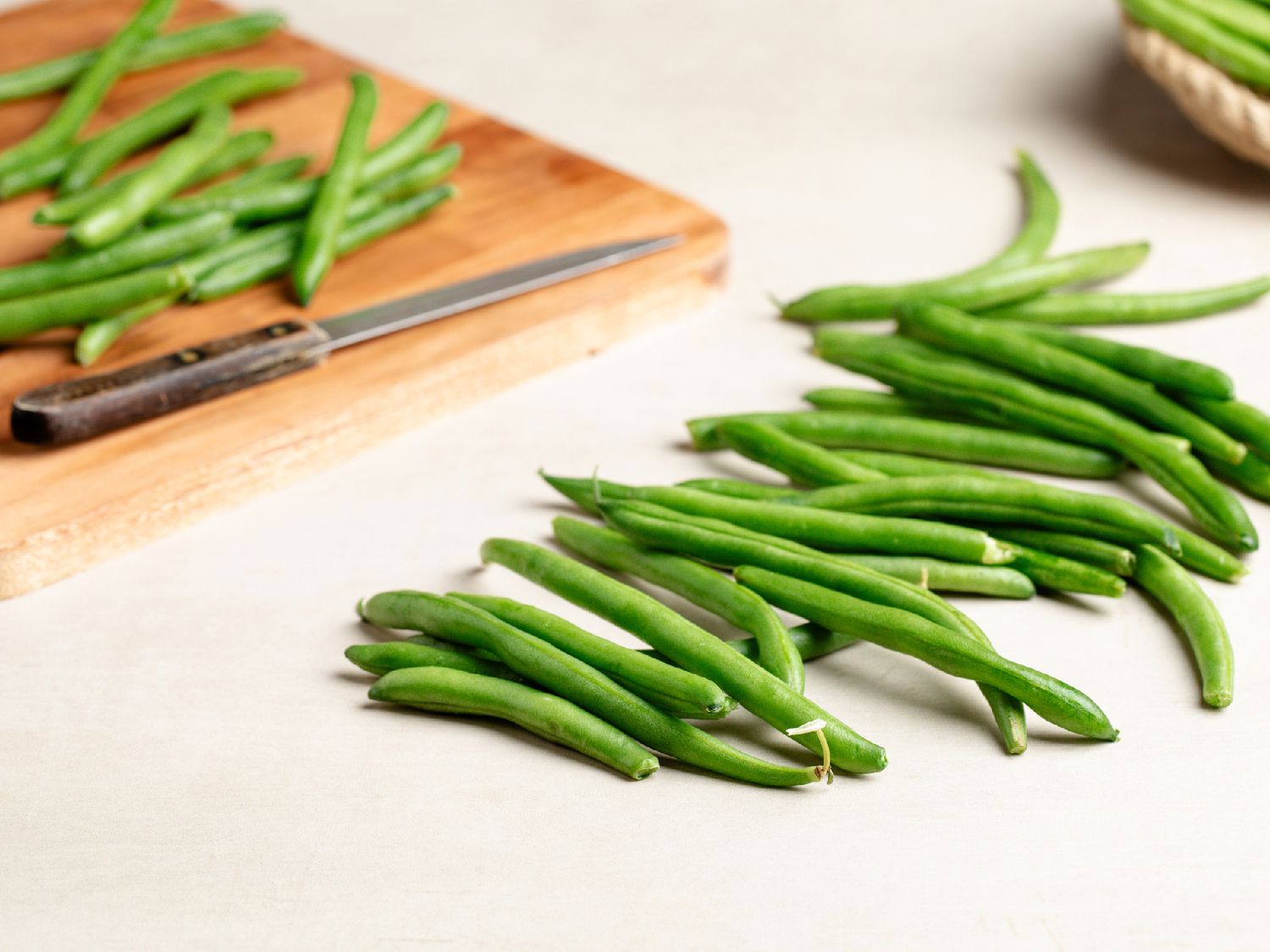
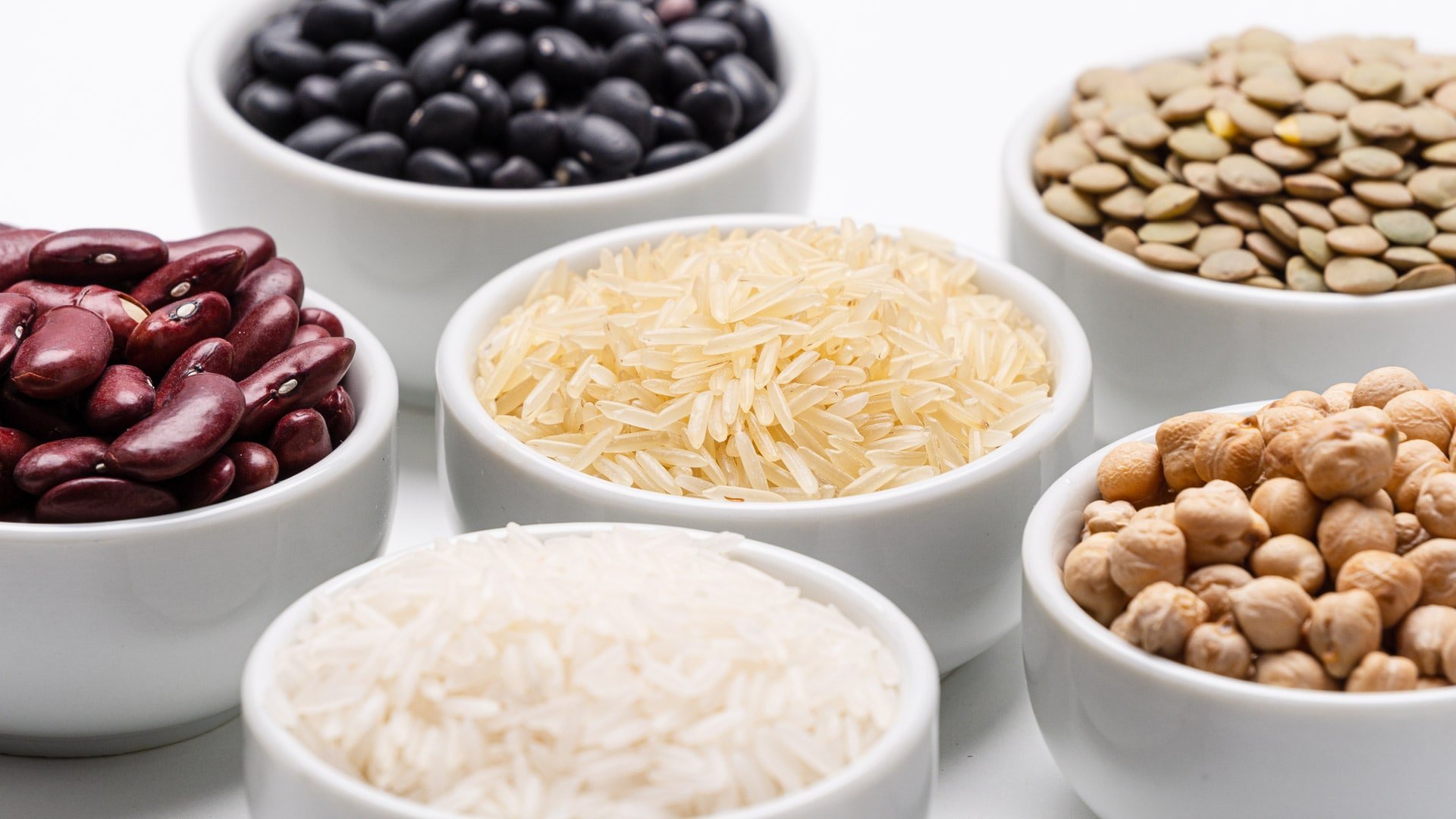
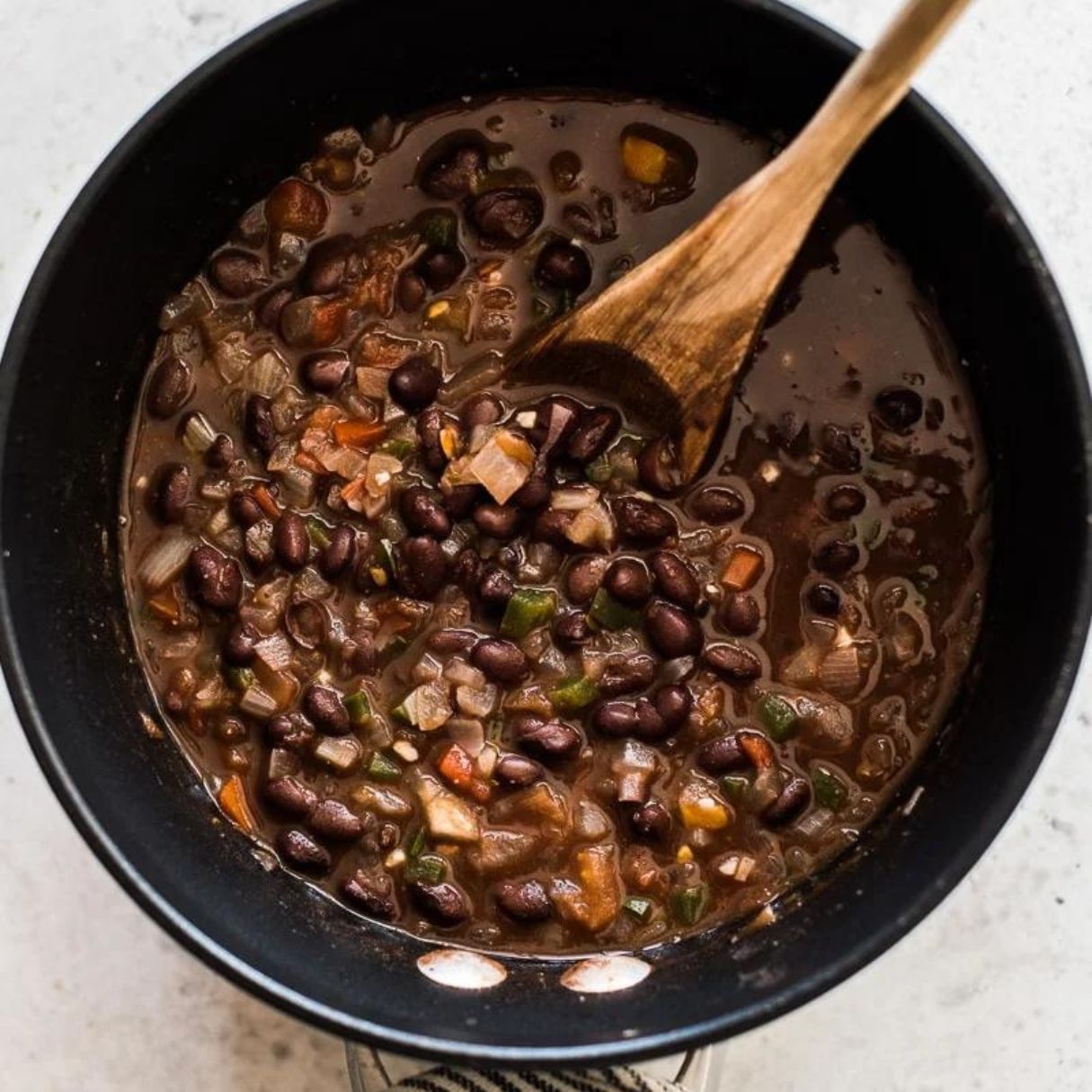
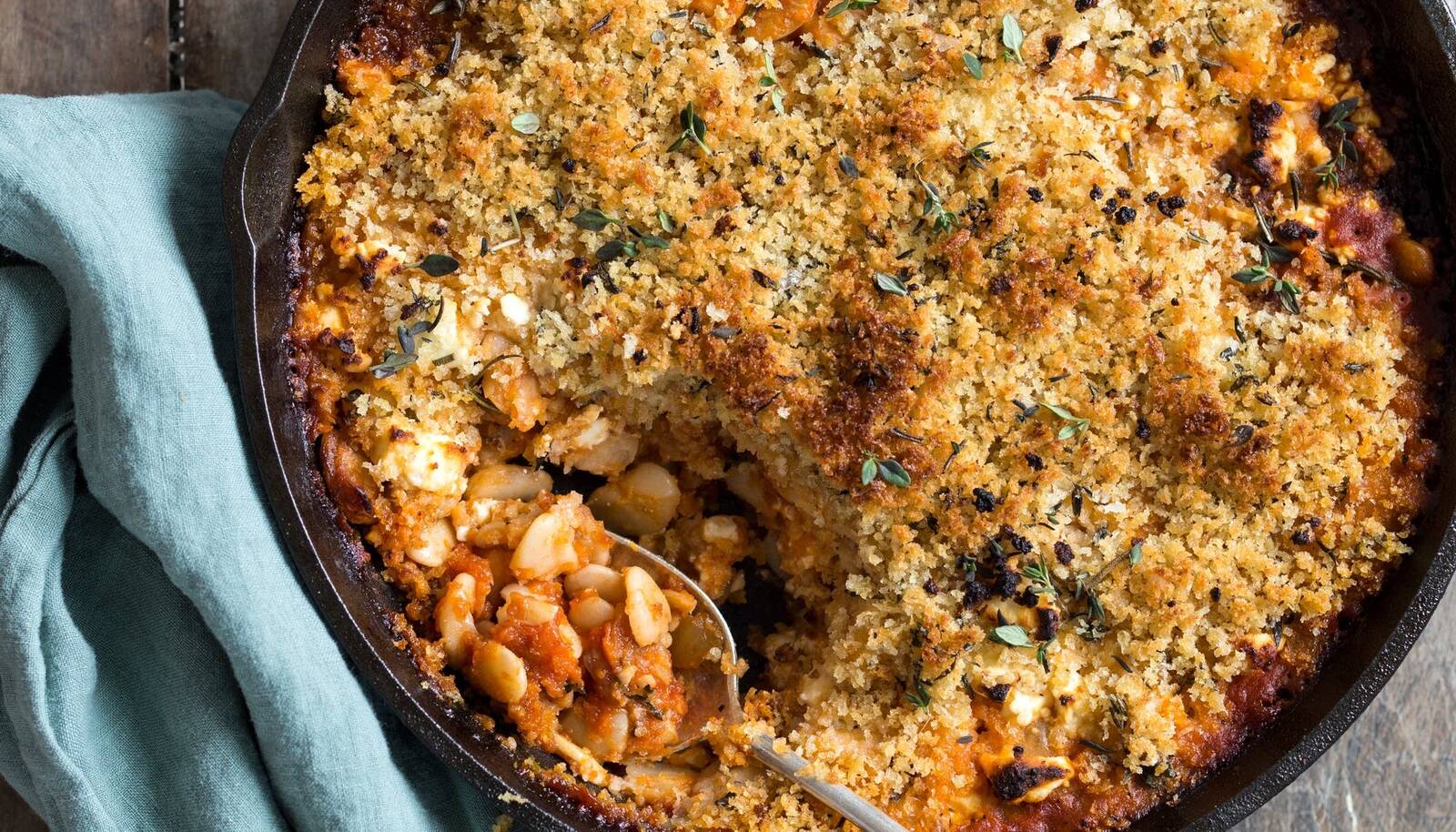
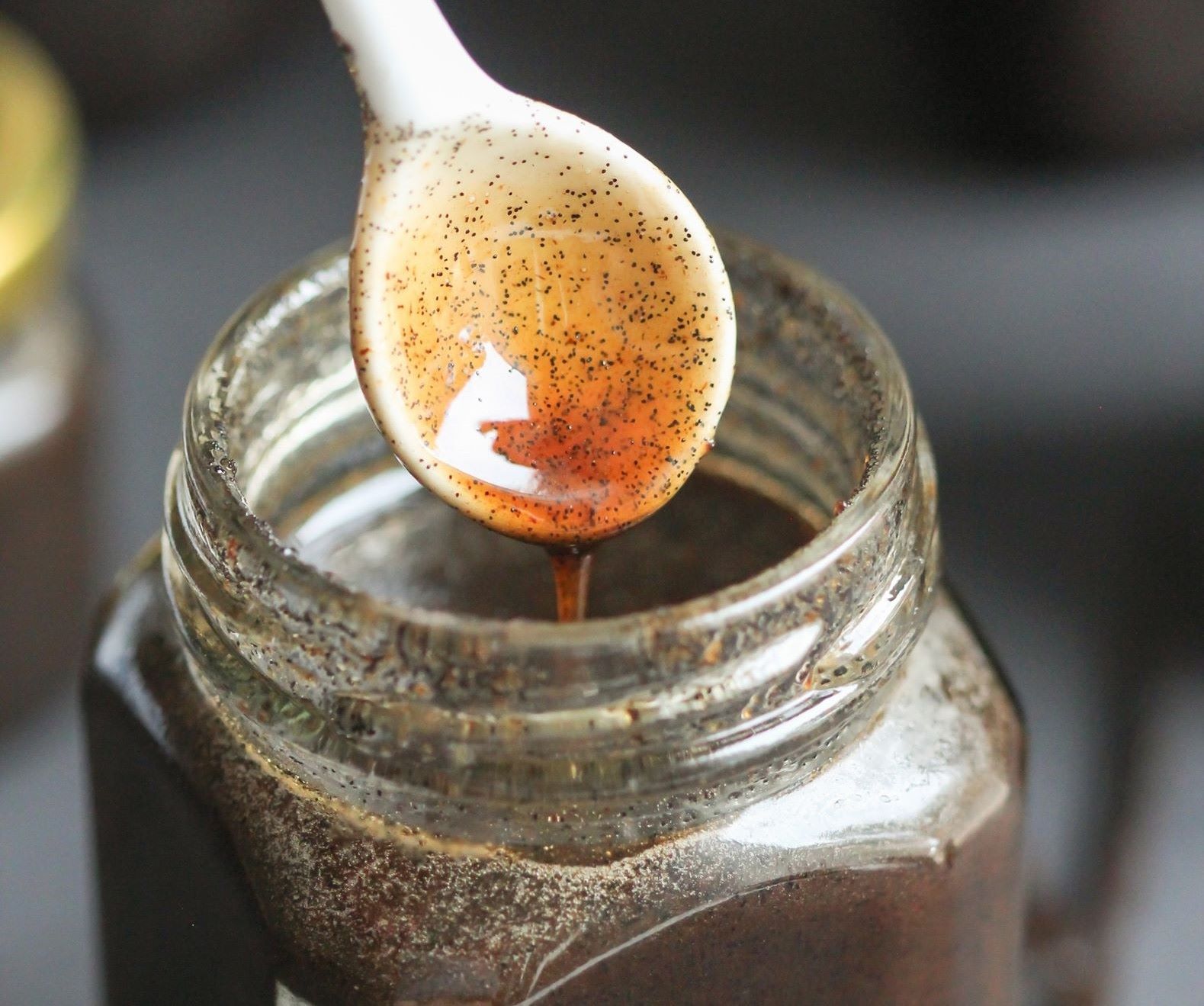


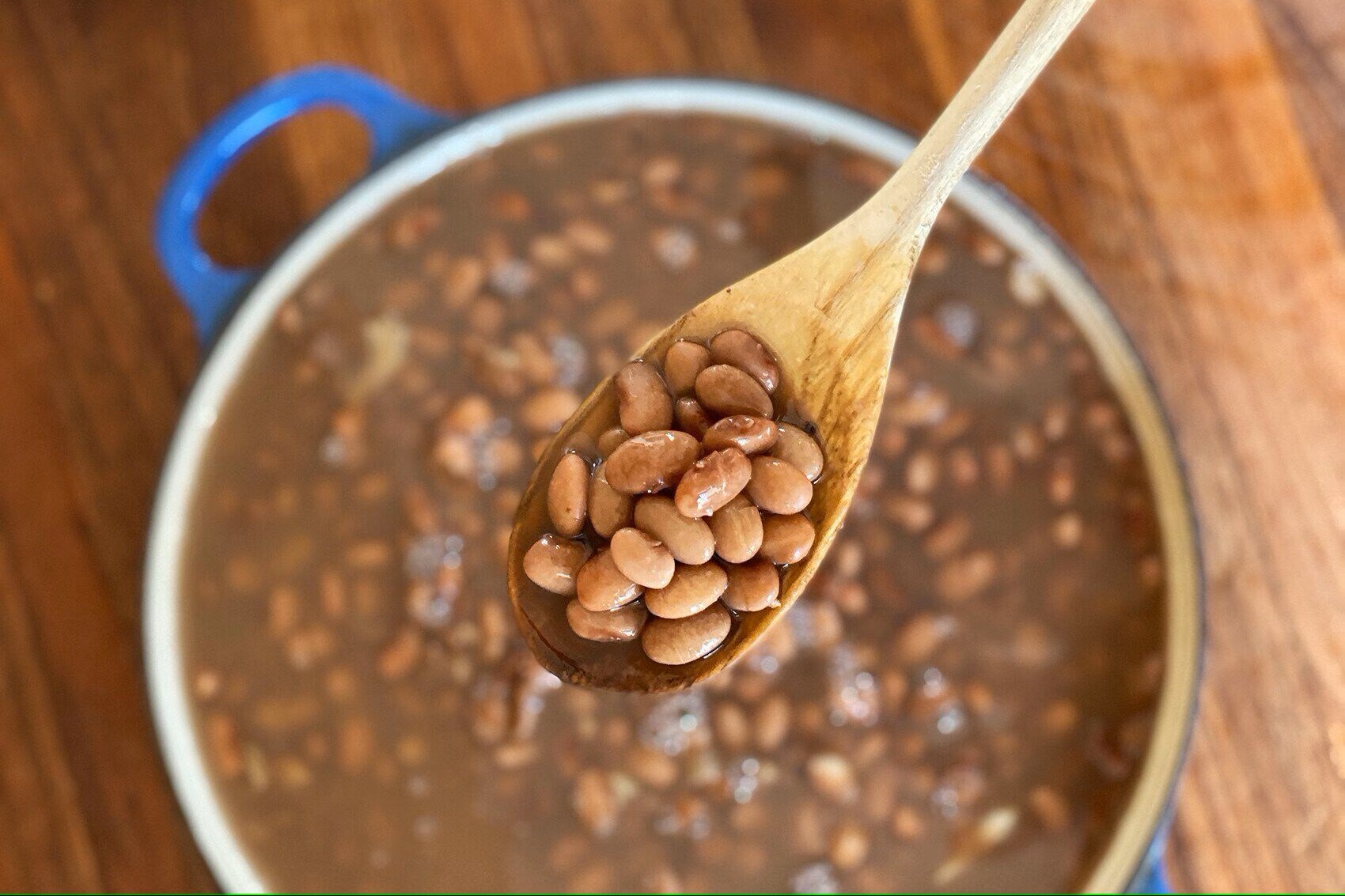


0 thoughts on “How To Store Cooked Beans”